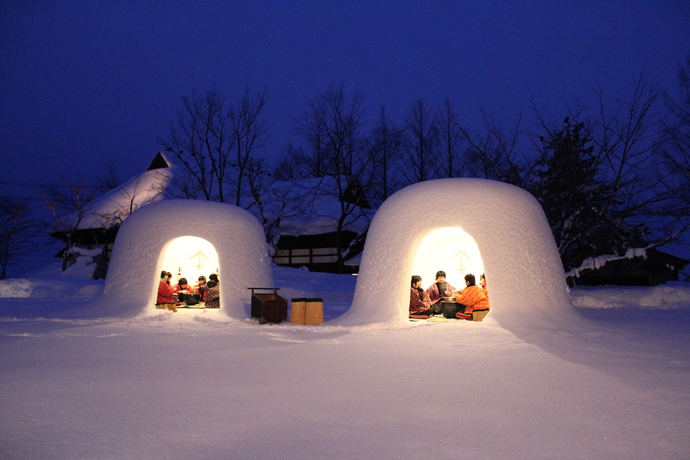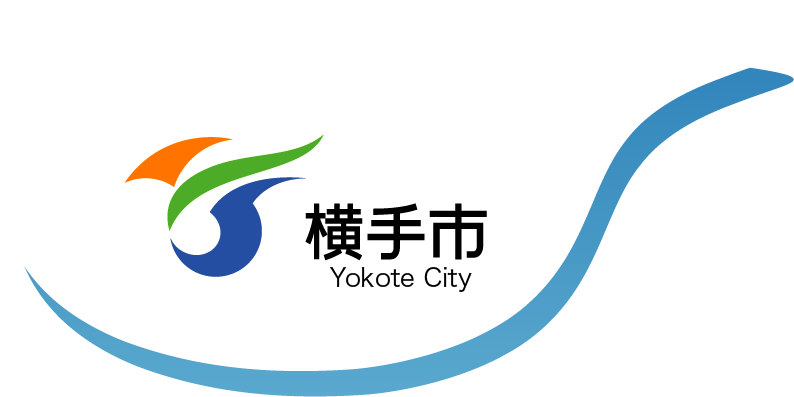The Rich History of Kamakura, Yokote’s Traditional Snow Domes

The Rich History of Kamakura, Yokote's Traditional Snow Domes
Snow structures called kamakura have been built in the area of Akita Prefecture for at
least 400 years. However, they were not always the gently rounded domes for which the
prefecture is now known. Records of early kamakura made in the city of Akita during
the Edo period (1603–1867) show square, roofless structures decorated with banners,
while records from Yokote describe snow structures that more closely resembled the
dome shapes that are common in Akita Prefecture today. Kamakura have taken different
shapes and served different purposes through the centuries, but their connection to local
traditions has remained strong.
Early Forms of Kamakura
The oldest records concerning kamakura depict the children of samurai families running
around square structures with banners and New Year’s ornaments. The children made
offerings and sang songs wishing for a good harvest and the protection of the family. In
these records, the structures were referred to as yukishiro (“snow castles”) or yukikabe
(“snow walls”). However, the decorations found on the snow structures and the songs
sung about them featured the word kamakura, and the structures themselves came to be
known by that name. In Yokote as well, children of samurai built yukikabe-style
kamakura. Children from merchant families, in comparison, built small snow domes
next to the wells and rivers of the city, where they presented offerings and made prayers
to the kami of water. After the samurai class was abolished in the late nineteenth
century, their practices surrounding kamakura largely ceased. In the Taishō era (1912–
1926), the creation of kamakura in Yokote shifted away from worship of the kami of
water and became a ceremony mostly reserved for children, who would play in the
snow structures and collect offerings of money and mochi for the small altars inside.
Modern Kamakura
Prior to modern times, kamakura were typically made from the piles of snow that had
fallen from the roofs of buildings. As a result, the structures were small and did not
form perfect domes. In 1959, the city established dome-shaped kamakura as the
standard, but as the streets gradually became crowded with automobiles, the city
encouraged the practice of building miniature kamakura instead. Currently, large snow
domes for the Winter Festival are constructed by specialized artisans. They collect about
20 metric tons of snow to make the structures, which each stand 3 meters tall with walls
about 70 centimeters thick. Inside the kamakura is an altar for offerings to the water
god, woven mats, cushions, and a brazier. Children use the brazier to grill sweet mochi
rice cakes and warm amaekko (the local name for amazake, a fermented rice drink),
which they offer to passersby with a cry of “Please come inside!” (Haitte-tanse!)
This English-language text was created by the Japan Tourism Agency.
このページに関するお問い合わせ
商工観光部観光おもてなし課観光企画係
〒013-8601 横手市中央町8番12号(かまくら館5階)
電話:0182-32-2118 ファクス:0182-36-0088
お問い合わせフォームは専用フォームをご利用ください。



